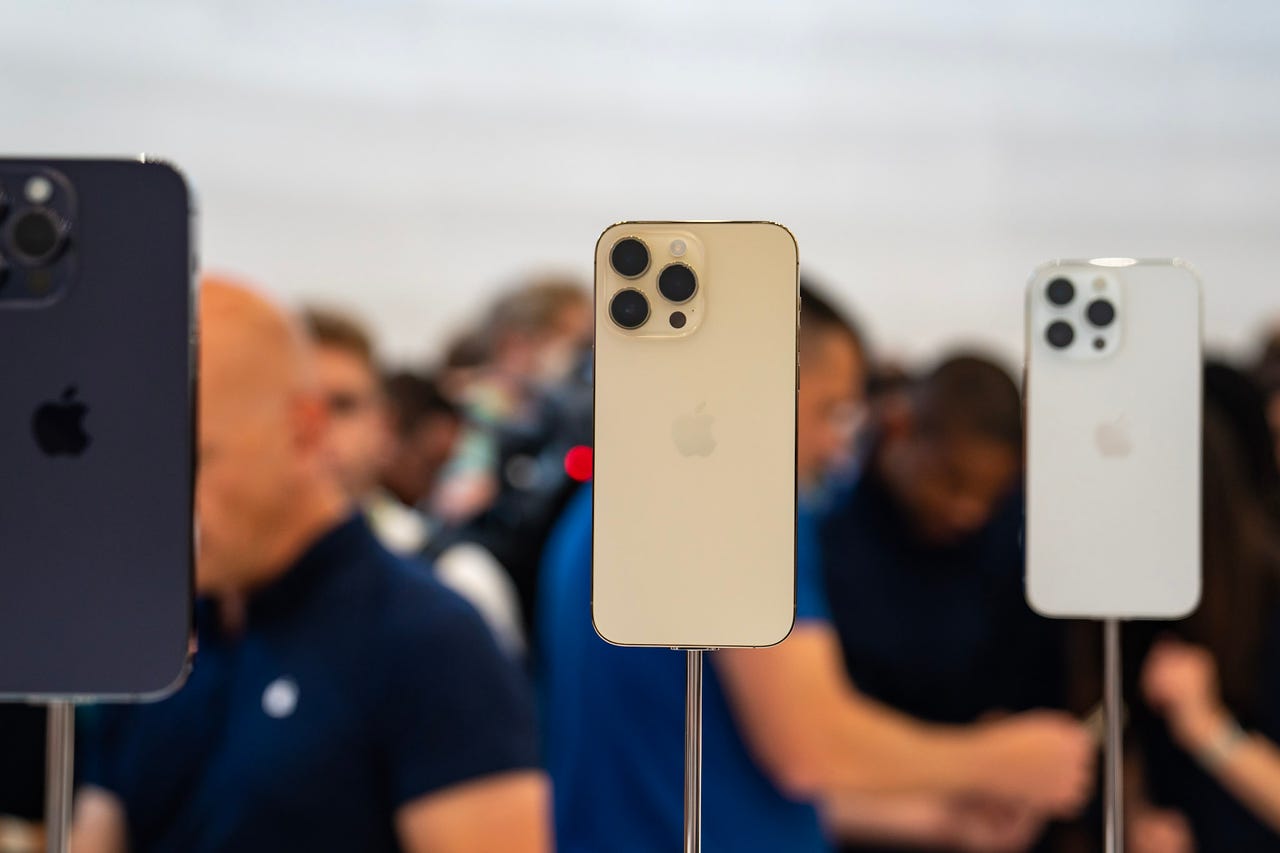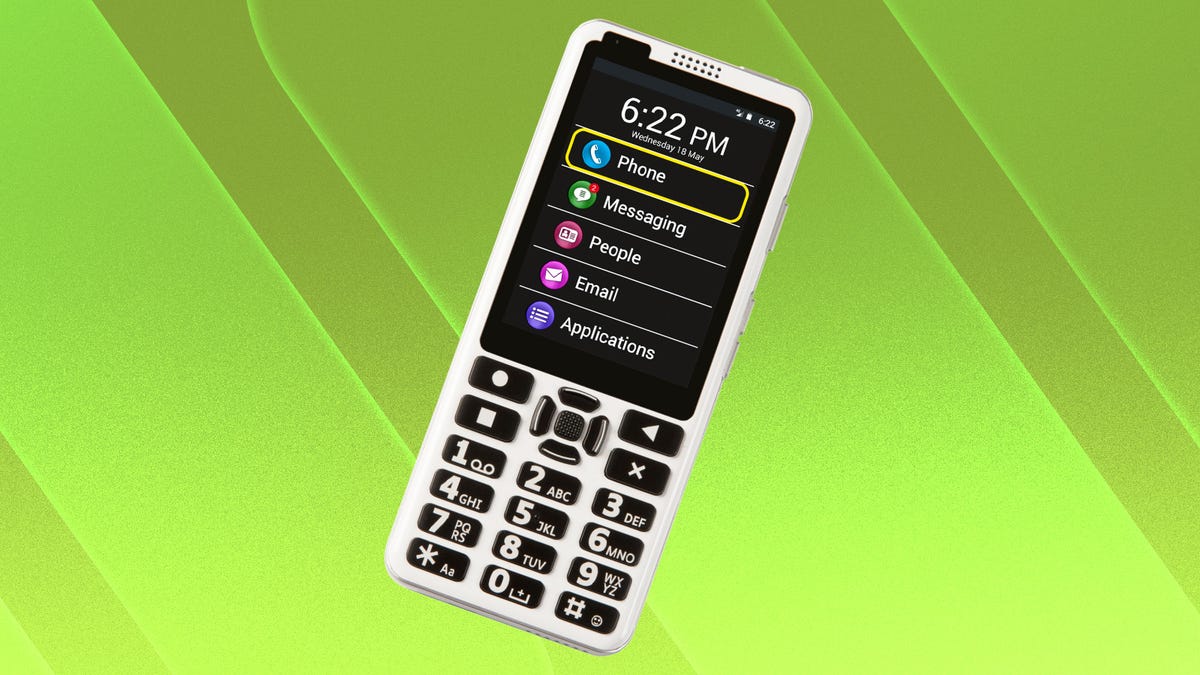Do iOS updates wear out iPhone batteries? The answer isn’t clear.
Do iOS updates wear out iPhone batteries? The answer isn't clear.
The Confusion Surrounding iPhone Battery Wear

Apple really needs to change the way it displays battery wear in iOS, as the current method is causing confusion among iPhone owners. Each time there’s an iOS release – either a big one or a small security update – both my social media and my inboxes become awash with people worrying about their iPhone’s battery.
Not sure what I mean? Let me bring you up to speed.
Understanding iPhone Battery Health
If you grab your iPhone, tap on Settings, and head over to Battery and then Battery Health & Charging, you’ll find a Maximum Capacity number. That number starts out at 100%, and slowly ticks down as you charge and discharge your iPhone. This number represents how much power the battery can hold.

What I want to do here is clear up some misconceptions surrounding this number.
Misconception #1: Maximum Capacity is Not the Only Measure of Battery Wear
The Maximum Capacity number is not a measure of overall battery wear. Instead, it is “a measure of battery capacity relative to when it was new.” In other words, it’s how much power the battery can hold. The lower the capacity, the less usage you’re going to get between charges. However, it’s a poor measure of the health of the battery. I’ve seen batteries die while this number is in the 90% range, and I’ve also seen iPhones continue functioning with this number down in the 70% zone.
Misconception #2: iOS Updates Aren’t Causing Battery Wear
Contrary to popular belief, iOS updates do not cause battery wear. Normal charging and discharging of the battery as part of using the iPhone, subjecting the battery to overheating, and occasionally using poor quality chargers and cables are what wear the battery. While some users have noticed the Maximum Capacity figure display erroneous values or jump following an update, it’s important to note that this doesn’t cause wear. Instead, it’s causing iOS to display an incorrect number.
Misconception #3: Hitting 80% is Not the Death of Your Battery
Many iPhone users misinterpret Apple’s documentation about recharge cycles, which states that the battery “is designed to retain up to 80% of its original capacity at 500 complete charge cycles.” This gives the impression that the battery is dead at that point. While the battery is undoubtedly worn, and you may experience decreased battery life compared to when the device was new, hitting 80% does not mean the battery is completely unusable. The battery might still give you many months of use, even with a slight reduction in performance.
So, what’s the problem here?
There are two problems at play here.
Problem #1: The Maximum Capacity Percentage is Pointless
Having just a single number, Maximum Capacity, is not a measure of general battery health. Apple would do better to eliminate this number and replace it with something more meaningful, such as providing information about recharge cycles or overall battery health. It’s worth mentioning that the current iOS 17 beta still includes the Maximum Capacity percentage.
Problem #2: Modern iPhones Need More Battery Capacity
Modern iPhones demand a lot of recharging due to their advanced features and power-hungry applications. Users are no longer getting days out of a single charge, indicating that batteries may be too small for the demand placed on them. Many iPhone users struggle to make it through a day on a single charge, causing them to reach the 500 recharge cycles within two years.
The Solutions
There are three potential solutions to this issue. First, users can try to use their iPhones less frequently to reduce overall battery usage. Second, Apple could equip iPhones with larger batteries to meet the increasing demand for power. Finally, battery replacements need to become a commonplace aspect of iPhone ownership, similar to how they are for Android smartphones. Until these solutions are implemented, battery wear will remain an ongoing issue, and users will have to choose between replacing the battery or purchasing a new handset.
Because one thing’s for sure: You can’t change the laws of physics.







